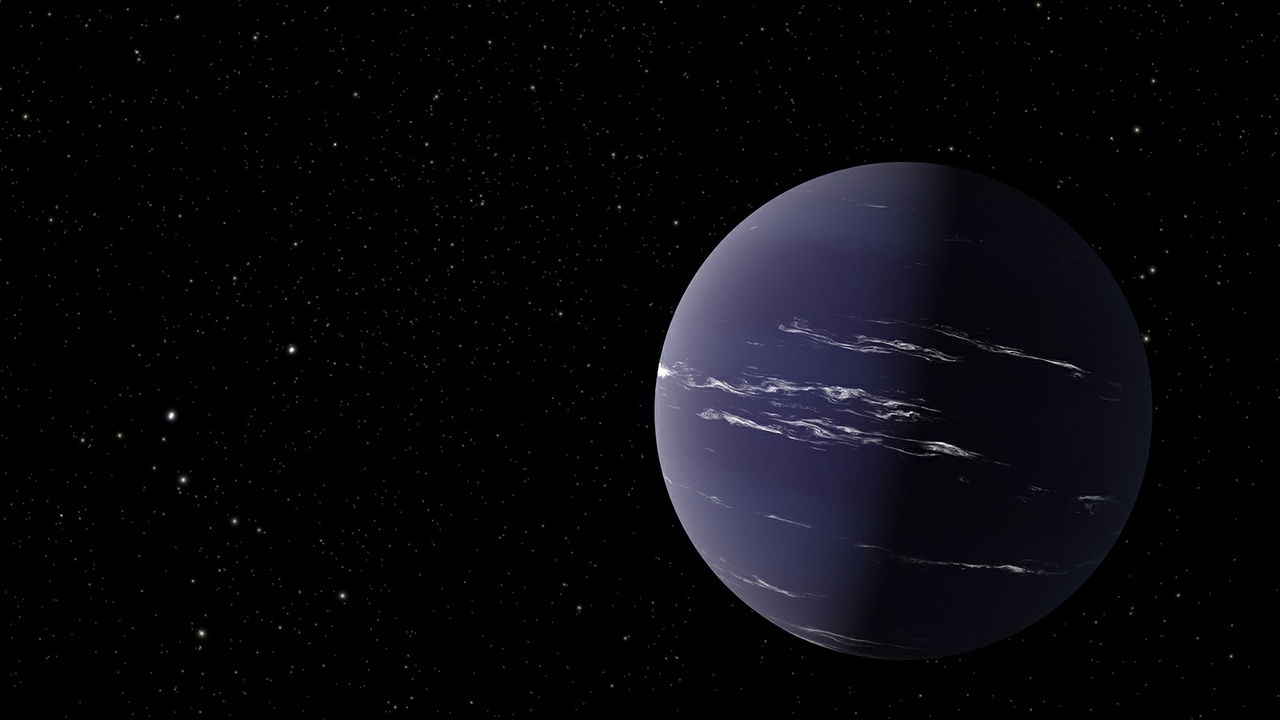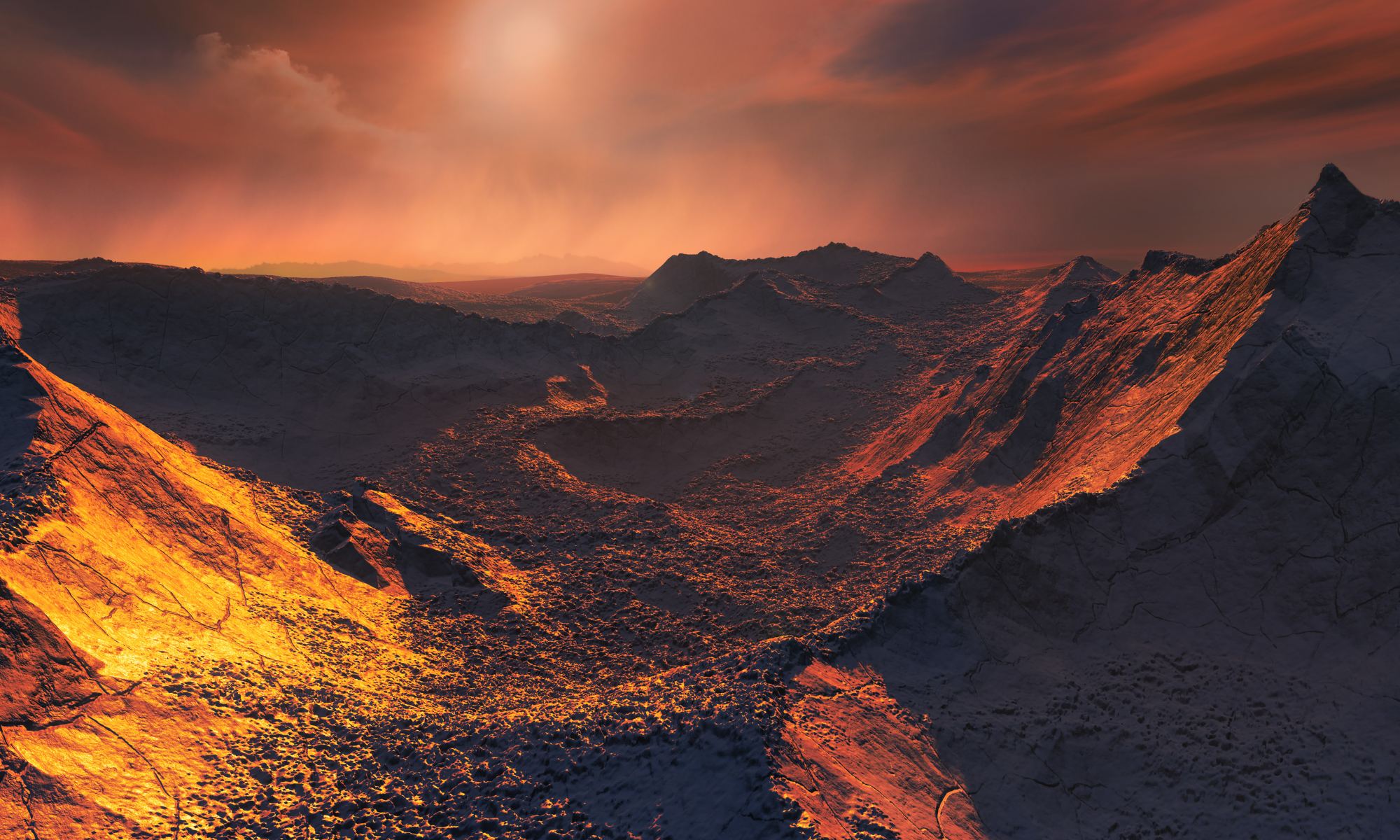Astronomers have found a new Super-Earth orbiting an M-dwarf (red dwarf) star about 137 light-years away. The planet is named TOI-715b, and it’s about 1.55 Earth’s radius and is inside the star’s habitable zone. There’s also another planetary candidate in the system. It’s Earth-sized, and if it’s confirmed, it will be the smallest habitable zone planet TESS has discovered so far.
Continue reading “A Super-Earth (and Possible Earth-Sized) Exoplanet Found in the Habitable Zone”TESS Finds a New Mars-Sized Planet (With the Density of Mercury)

Some planets orbit their stars so closely that they have extremely high surface temperatures and extremely rapid orbits. Most of the ones astronomers have found are Hot Jupiters— planets in the size range of Jupiter and with similar compositions as Jupiter. Their size and proximity to their star make them easier to spot using the transit method.
But there’s another type of planet that also orbits very close to their stars and has extremely high surface temperatures. They’re small, rocky, and they orbit their star in less than 24 hours. They’re called ultra-short-period (USP) planets and TESS found one that orbits its star in only eight hours.
And the planet’s density is almost equivalent to pure iron.
Continue reading “TESS Finds a New Mars-Sized Planet (With the Density of Mercury)”Astronomers Have Found the Perfect Exoplanet to Study Another World’s Atmosphere

TESS (Transiting Exoplanet Survey Satellite) has found a new planet, and the discovery of this sub-Neptune exoplanet has scientists excited about atmospheres. The combination of the planet’s size, its thick atmosphere, and its orbit around a small M-class star close to Earth provides researchers with an opportunity to learn more about exoplanet atmospheres. We’re getting better and better at finding exoplanets, and studying their atmospheres is the next step in understanding them as a whole.
Continue reading “Astronomers Have Found the Perfect Exoplanet to Study Another World’s Atmosphere”
